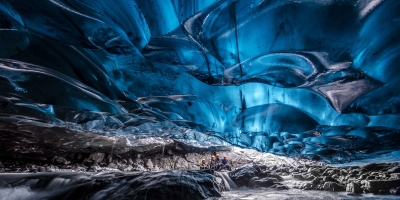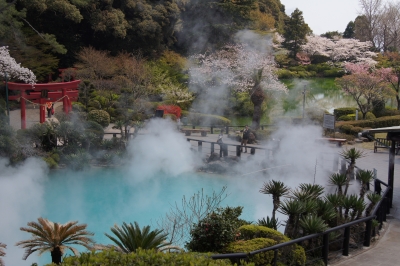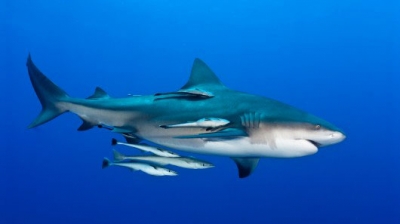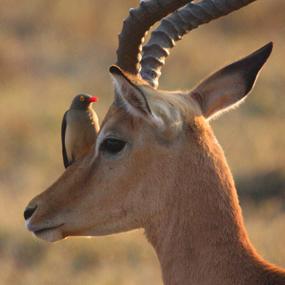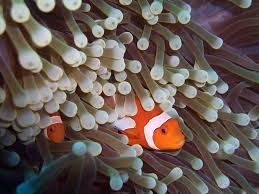Who built Mughal garden in Rashtrapati Bhavan?

Edwin Lutyens had a mammoth task ahead of him. He had been appointed as the architect of the new capital of the British Raj in 1911.
As with any magnificent city, Lutyens wanted broad tree-lined avenues and sprawling gardens to add to its splendour. To realize his vision, he asked an eminent horticulturist of the time, William R. Mustoe for help.
The two men met for breakfast every day, meticulously planning the layout and personally choosing the trees for the roads. The biggest challenge, however, was designing the garden behind the Viceroy’s house (no known as Rashtrapati Bhavan).
The Viceroy, Lord Hardinge, wanted the garden to a fusion of British and Indian designs. His wife, Lady Hardinge was a fan of the Mughal-style garden, which she considered to be a ‘dream of loveliness.’ Her enthusiasm inspired Lutyens to lay a beautiful combination of a formal Mughal charbagh and a classical British garden. So Mughal-style canals, walkways and terraces divided the garden into neat rectangles, interspersed with bursts of colourful English-style flowerbeds.
Picture Credit : Google
